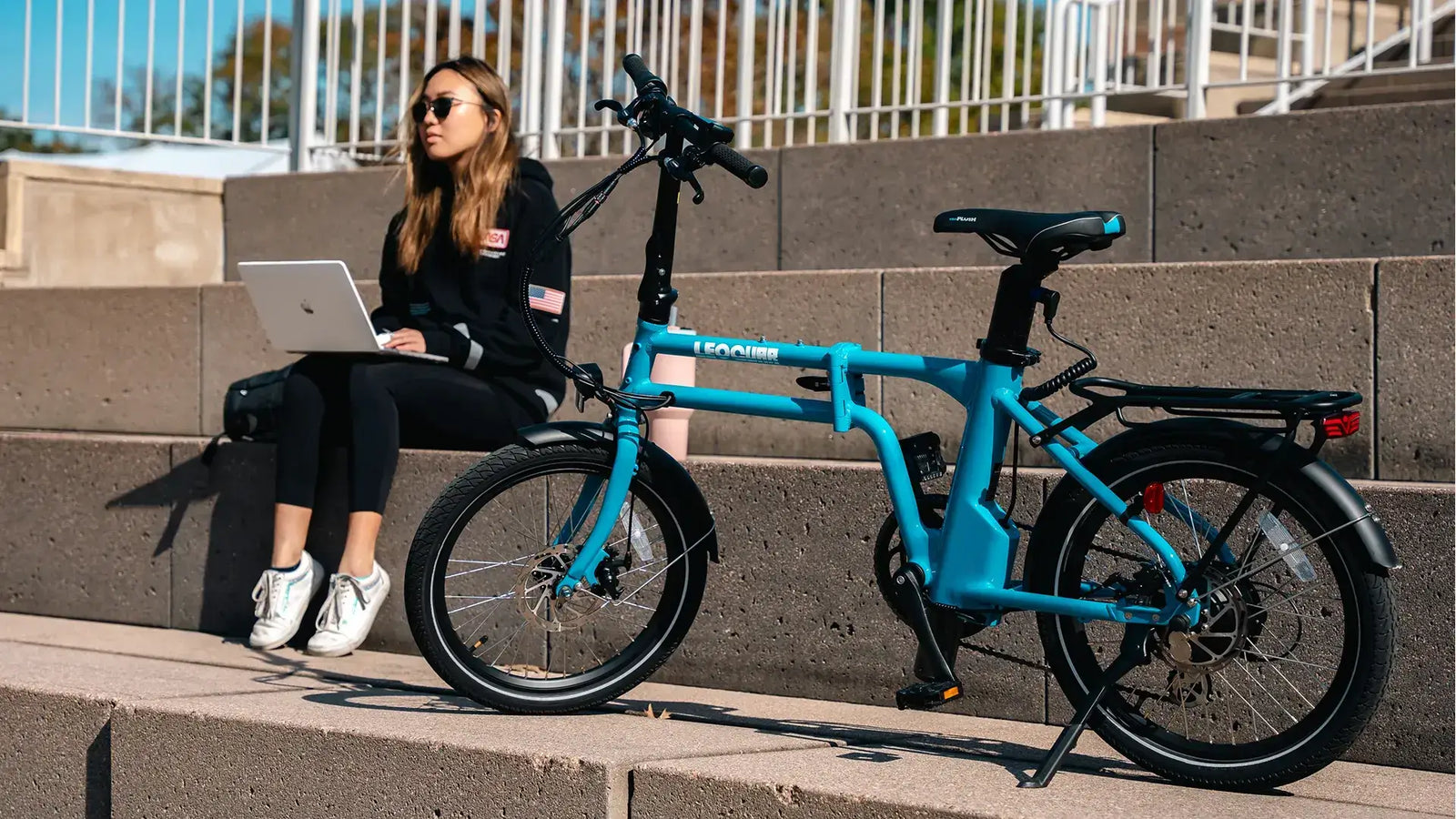
How to Choose the Right Ebike Charger for Your Electric Bike Battery Type and Capacity
Introduction
Picking the right charger for your e-bike battery is very important. Good chargers keep your battery safe and working well for a long time. The wrong charger might damage your battery or create safety problems.
Many riders wonder what makes a charger right for their e-bike battery. Things like voltage, current output, and plug type all matter a lot. It's best to use the chargers made by your bike's company to avoid risks.
This guide will tell you what experts think you need to know. We'll talk about different battery types like lithium-ion and lead-acid batteries. Each type needs special charging care. The guide explains technical details such as matching voltage and current ratings. We'll compare fast charging with battery life using real examples from the e-bike world.
We also give case studies and step-by-step instructions for reading battery and charger labels. Safety features like overcharge protection and heat management are key points we cover. Our goal is to help riders make sure their charging setup is safe and works well.
Understanding E-Bike Battery Types and Their Charging Needs
Overview of Common E-Bike Batteries
E-bikes use different battery types. Lithium-ion is the most common because it's light and holds a lot of power. These batteries usually run at 36V, 48V, or 52V. Some older or cheap e-bikes still use lead-acid batteries. Other battery types exist but aren't used much.
Each battery type needs to be charged in its own way. Lithium-ion batteries need exact voltage and current limits. Lead-acid batteries can handle a wider range of charging conditions. This is why matching your charger to your battery type is so important.
The Role of OEM Recommended Batteries and Chargers
Batteries and chargers made by your bike's company are designed to work together perfectly. Studies show that using these official products reduces risks like overheating or shorter battery life. In one case, riders who used unofficial chargers had serious battery problems and safety issues. Experience shows that using the maker's charger helps avoid dangers from mismatched charging systems.
Company-made chargers also work with the bike's battery management system, which monitors battery health. Each battery chemistry has its own charging pattern, which can be very different between lithium-ion, lead-acid, and other types.
Charging Needs Based on Battery Capacity
Battery capacity is measured in ampere-hours (Ah) or watt-hours (Wh). This affects what charger you should use. A bigger capacity battery needs a charger with the right current rating for good charging without stressing the cells. For example, a 48V 10Ah battery has different needs than a 48V 20Ah battery. Charging time and current control directly affect how many times you can charge your battery when you follow the right specs.
Choosing a charger that meets these capacity needs keeps charging balanced. This balance stops both undercharging and overcharging, leading to a longer battery life. Understanding your battery type and capacity is the first step in finding a charger that meets safety standards and maker guidelines.
Key Factors to Consider When Choosing an E-Bike Charger
Compatibility: Voltage, Current, and Connector Types
Compatibility is the most important part of a safe charging system. Your charger's output voltage must match your battery's rated voltage. For example, a 48V battery needs a charger with about 54V output when fully charged. Current matching matters too - too high can overheat the battery while too low makes charging take too long.
Don't forget about connector types. Different brands use specific plugs for a secure connection. When picking a charger, make sure its connector matches your battery's input. Here's a simple comparison table of common battery specs and charger needs:
| Battery Voltage | Typical Charger Output Voltage | Common Connector Types | Recommended Current Range |
| 36V | 42V | Proprietary or Molex style | 2A – 4A |
| 48V | 54.6V | XT60, Anderson, or OEM | 2A – 4A, sometimes 5A |
| 52V | 58.8V | OEM-specific connectors | Varies by capacity |
Use this table to check electrical compatibility and safe charging practices.
Charging Speed vs. Battery Lifespan
Fast charging is nice but can hurt your battery's long-term health. Quick chargers cut downtime but can stress battery cells if used too often. Fast charging may create extra heat and cause batteries to wear out faster.
Experience shows balance is best. Many riders use moderate charging speeds most of the time and fast charging only when needed. Research shows that using a medium-current charger (about 2A to 3A) helps batteries last longer than always using high-power fast chargers. Studies have found that batteries charged at lower speeds can last up to 20% more charging cycles than those always fast-charged.
Many modern chargers now have smart modes that adjust current based on how full the battery is. This helps control temperature and voltage, which protects the battery's health.
Essential Safety Features and Protections
Safety must come first when choosing an e-bike charger. Key features include overcharge protection, which stops charging when the battery is full, and short-circuit protection against sudden current spikes. Heat management systems are vital to prevent overheating during long charging sessions.
Surge protection and temperature control add extra safety by watching environmental and operating factors. Always use the charger recommended by your battery's maker. This reduces risks from using poor quality or mismatched parts.
Additional Technical Considerations
Beyond the main technical needs, other factors matter too. Certifications like UL and CE show the charger meets safety and performance standards. Always read the labels on both battery and charger to check specs and expiration dates.
Industry studies show most battery bike chargers use 2A to 5A current, and batteries often last over 500 full charge cycles when using approved chargers. Understanding these facts and certification details helps users buy chargers that are compatible, safe, and efficient.
In summary, balancing compatibility and safety is crucial when choosing an e-bike charger. Using clear tables and checklists during selection helps streamline the process and avoid costly mistakes.
How to Match Charger Specifications with Your Battery Type and Capacity
Interpreting Your Battery's Specifications
First, understand what your battery label means. Look for the rated voltage, capacity in Ah or Wh, and charging recommendations from the maker. These details show how much energy the battery holds and how fast it can be charged safely. For example, a 48V battery might need a charger with about 54.6V output for full charging.
Manufacturers often include charging instructions showing required current and when to stop charging. Reading these carefully ensures you pick a charger that stays within safe limits. This helps avoid dangers from charging too little or too much.
Verifying Charger Specifications
After understanding your battery specs, check that your charger matches them. Use this checklist:
1. Make sure the charger's output voltage matches your battery's charging voltage
2. Check that the charger's current (in amperes) is within the range your battery maker recommends
3. Confirm the connector type and polarity match your battery
4. Verify the charger has safety features like overcharge protection, heat cutoff, and surge protection
5. Look for UL or CE certifications for extra safety assurance
Following these steps helps avoid common problems that lead to poor charging and possible hazards.
Step-by-Step Process to Choose the Right Charger
Here's how to decide on the right charger:
1. Read your e-bike battery manual to find the recommended voltage, current, and connector type
2. Note the battery capacity (Ah/Wh) to estimate charging time and current needs
3. Compare available chargers to confirm the output voltage matches your battery's full-charge voltage
4. Make sure the charger has essential safety features like overcharge protection, heat management, and short-circuit protection
5. Check for certification standards (UL, CE) on the charger to ensure it meets safety benchmarks
6. If possible, choose a charger recommended by your bike's manufacturer to avoid compatibility issues
A real example: For a 48V battery with 10Ah capacity, if the manual calls for 54.6V charging voltage and 3A current limit, you would pick a charger that outputs 54.6V at 2A–3A, has the right connector, and includes protection against overcharging and overheating. Industry experience confirms that following these steps protects against early battery wear and improves performance.
Visual Guide

This flowchart shows the logical steps needed to ensure your charger works with your battery specs.
Advanced Considerations for Charger Technologies
The Rise of Smart Chargers
Smart chargers are changing the e-bike industry. These advanced chargers include features like real-time diagnostics, adaptive charging cycles, and smartphone apps to check battery health. Smart chargers adjust the charging current based on battery temperature and charge level, reducing stress on the cells. This makes charging safer and helps batteries last longer.
Smart chargers also provide detailed charging history and feedback. This helps riders improve their charging habits. Many find that the extra cost for smart charging technology is worth it because of the improved battery life and safety.
Innovative Charging Technologies
Beyond smart chargers, new technologies like wireless charging and high-frequency smart charging are coming soon. Wireless charging is convenient and reduces wear on charging ports. High-frequency charging allows faster power delivery while keeping charging stable through advanced control and heat management.
These new technologies help extend battery life in unique ways. The ability to fine-tune charging at high frequencies can reduce heat buildup and slow down battery aging. As technology advances, these features will set new standards for e-bike charger efficiency and safety.
Safety Best Practices and Maintenance Tips
Setting Up a Safe Charging Environment
Setting up a safe charging space is just as important as picking the right charger. Your charging area should be dry, cool, and well-ventilated to prevent overheating. Charging in humid or extremely hot or cold places can increase risks of battery damage and fires.
Industry data shows charging in a dedicated space away from flammable materials is best practice. Put your charger on a stable surface and don't stack things around it. A clean, organized charging area greatly reduces accident risks.
Routine Charger and Battery Maintenance
Regular maintenance helps your charger and battery last longer. Check connectors often for wear, rust, or damage. Clean the contacts with a soft brush and remove any dirt from the electrical connection.
Unplug the charger after use and store it according to the maker's guidelines. Studies show keeping the charger and battery at recommended temperatures (usually between 60°F and 75°F) minimizes energy loss and prevents overheating. Keeping track of charging cycles and doing regular maintenance checks helps catch potential problems before they become serious hazards.
Conclusion and Final Recommendations
Choosing the right e-bike charger depends on understanding your battery type, its capacity, and matching these with a charger that meets specific voltage, current, and connector needs. Safety features like overcharge protection, heat management, and short-circuit prevention are essential. Advanced technologies like smart chargers and wireless charging improve this process with adaptive control and better diagnostics.
The main recommendation across the industry is to use chargers and batteries approved by your bike's manufacturer. Following maker guidelines prevents safety hazards and extends battery life. We encourage readers to review the detailed sections in this guide and check trusted sources for more information. Making an informed charger choice leads to safer rides, better performance, and longer-lasting e-bike batteries.
By following these comprehensive steps and using the comparison tables and flowchart as guides, you can confidently select a charger that keeps your e-bike in top condition and protects your investment. Enjoy a safer, more efficient, and longer lasting ebike experience.
FAQs
1. What happens if I use the wrong voltage charger for my ebike battery?
Using a charger with incorrect voltage can damage your battery, reduce its lifespan, or create serious safety hazards including fire risks.
2. How do I determine the right charging current for my ebike battery capacity?
Check your battery's specifications for recommended charging current (usually 2A-5A), with higher capacity batteries typically using higher currents while maintaining a safe charging rate.
3. Can I use a fast charger on any ebike battery type and capacity?
Fast chargers should only be used if specifically recommended for your battery type and capacity, as they can cause overheating and reduce battery lifespan if not properly matched.
4. What safety features should I look for in an ebike charger in 2025?
Look for overcharge protection, short-circuit protection, temperature monitoring, and certified standards (UL/CE), with smart features that adapt charging patterns to battery condition.
5. How often should I replace my ebike charger for optimal battery performance?
Replace your charger if you notice physical damage, inconsistent charging, overheating issues, or every 3-5 years to ensure optimal performance with current safety standards.




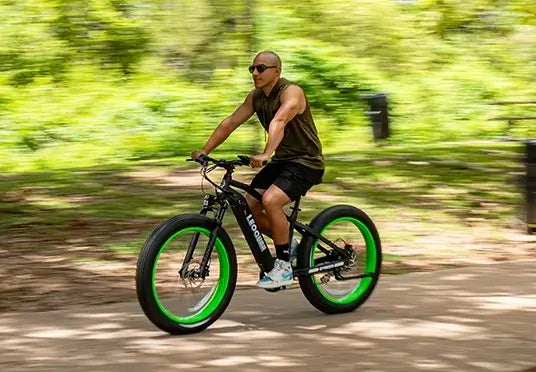


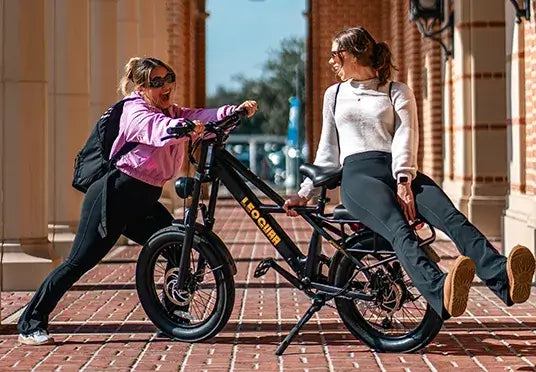
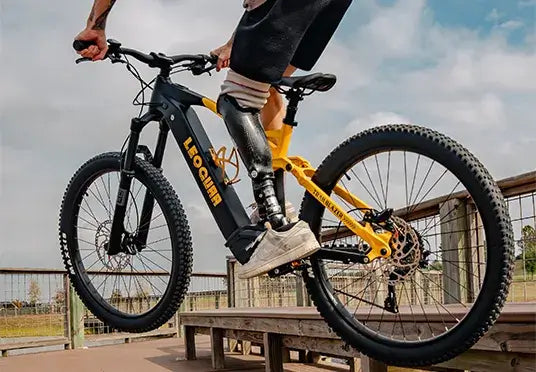

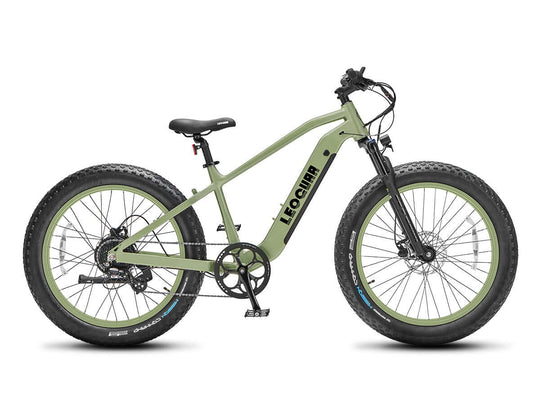
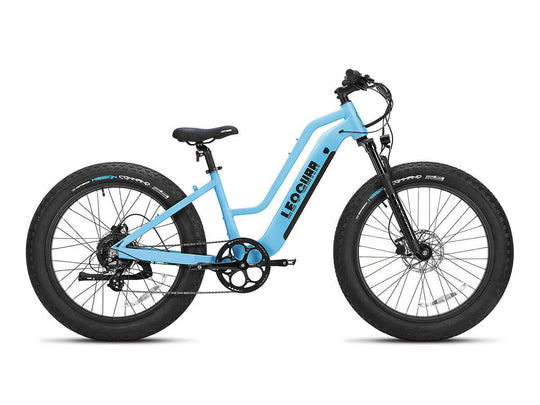
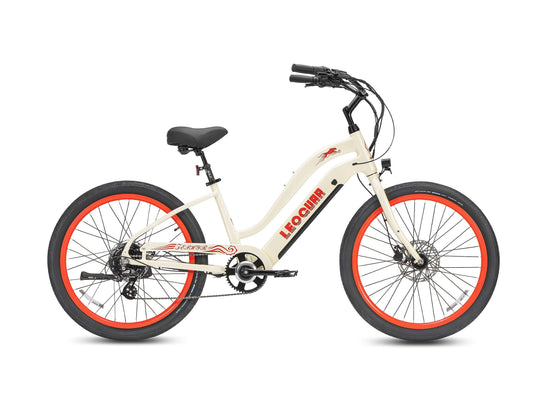
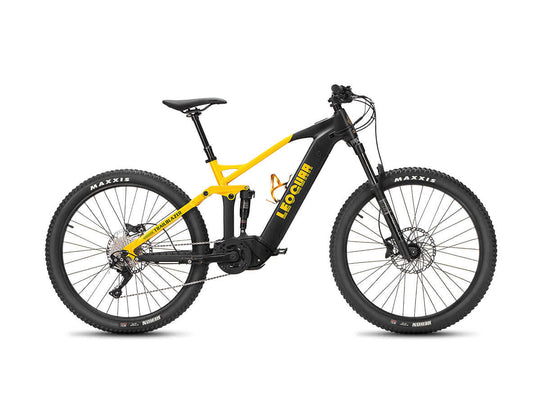
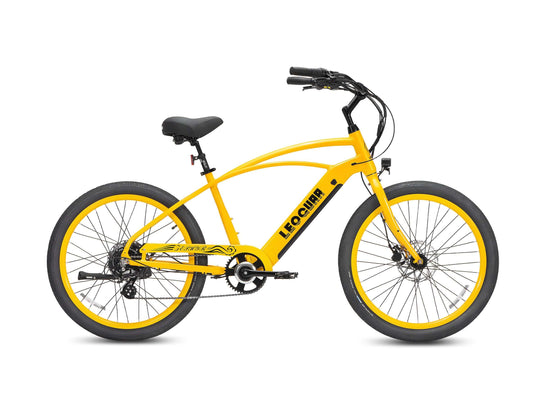
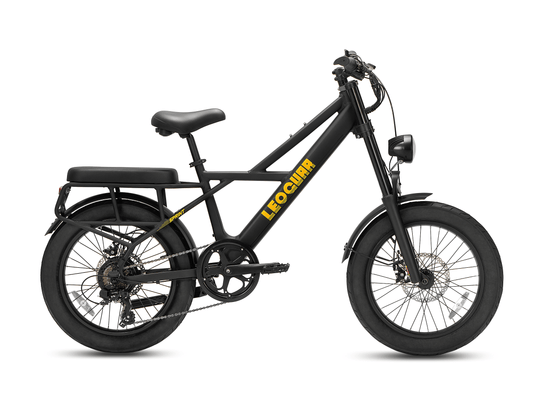

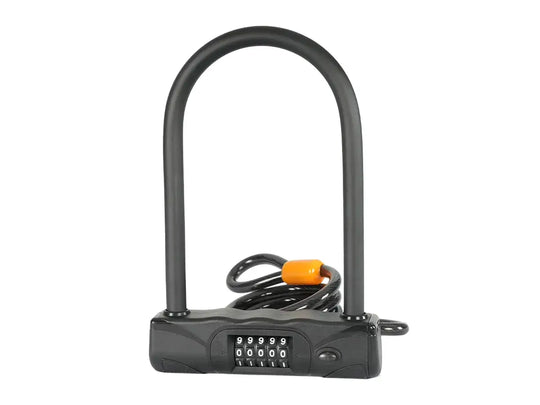
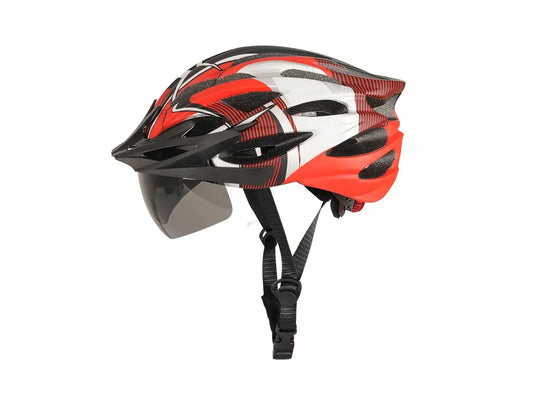
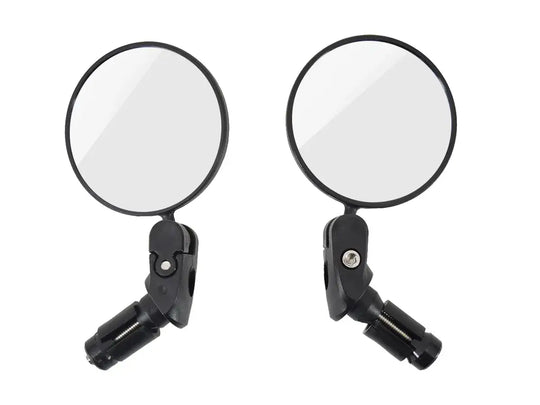

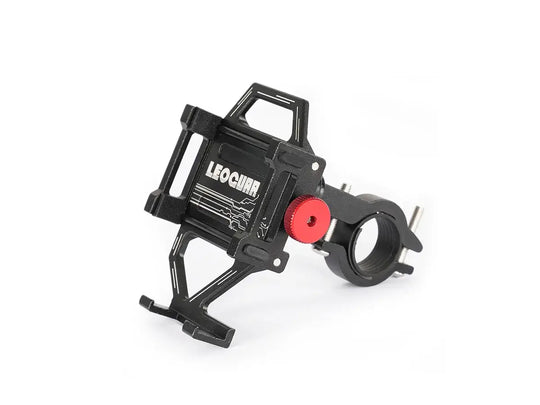
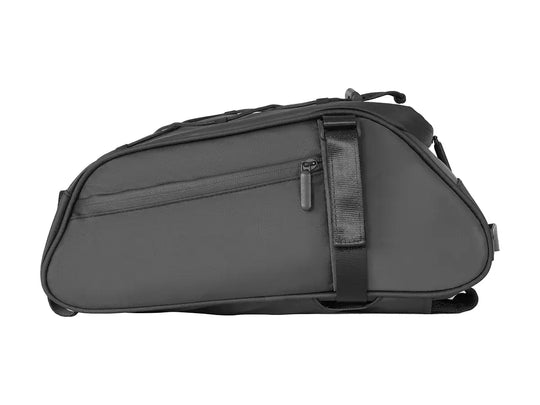
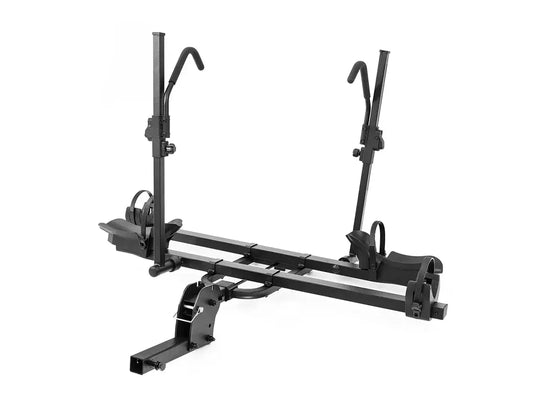
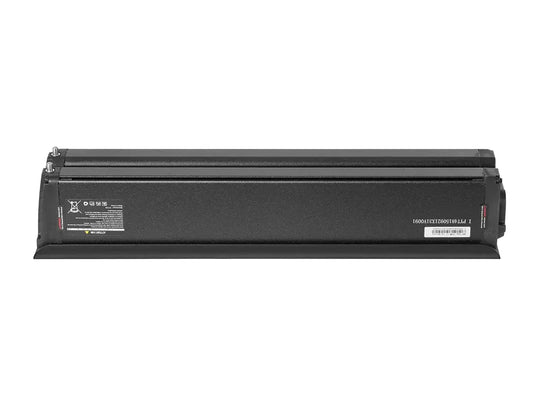
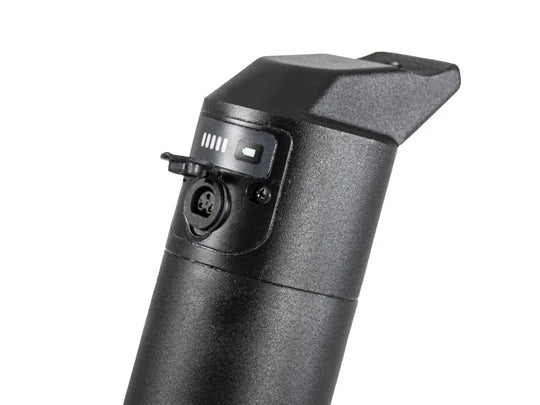
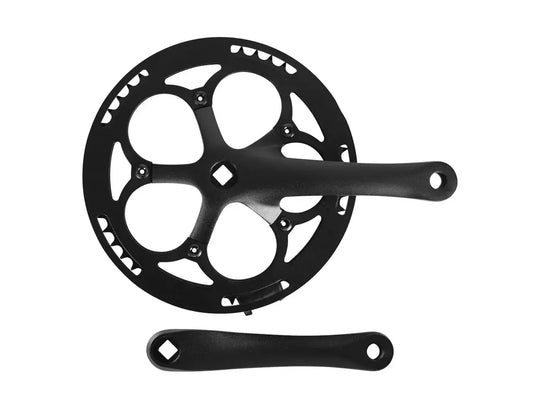
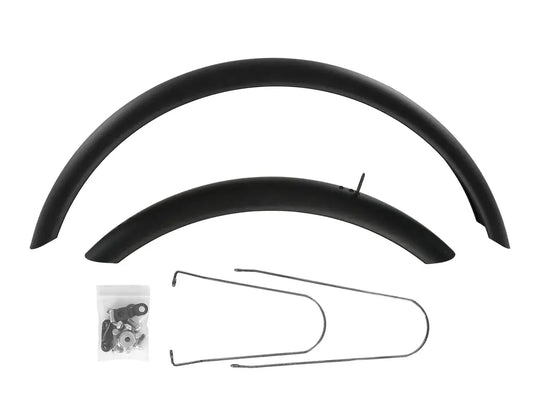
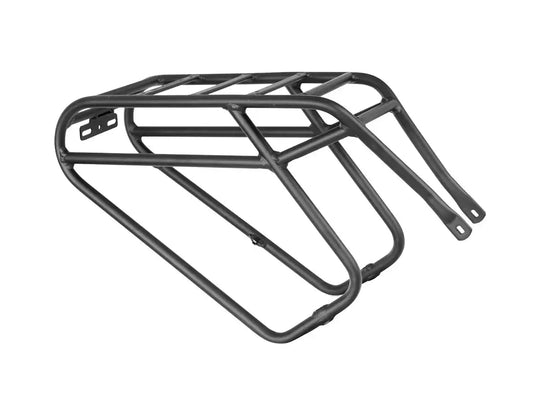
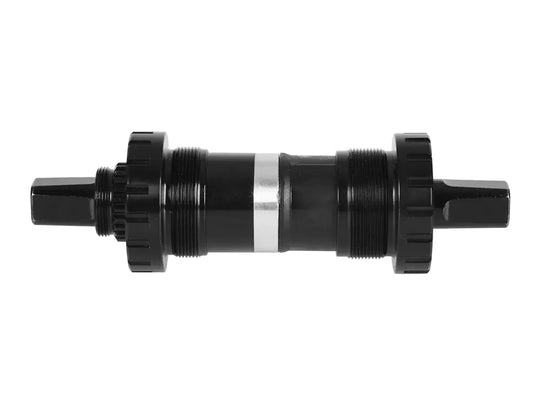
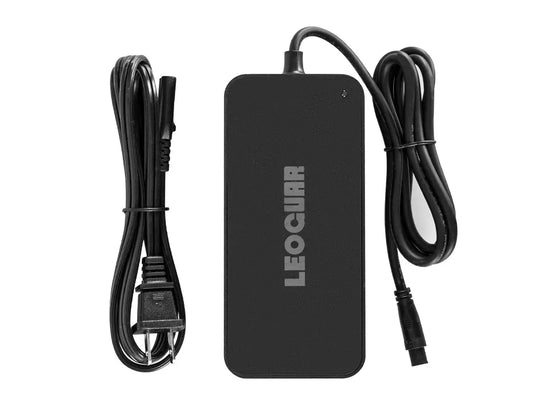
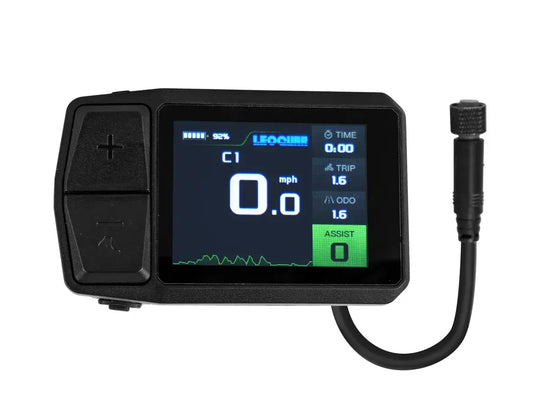
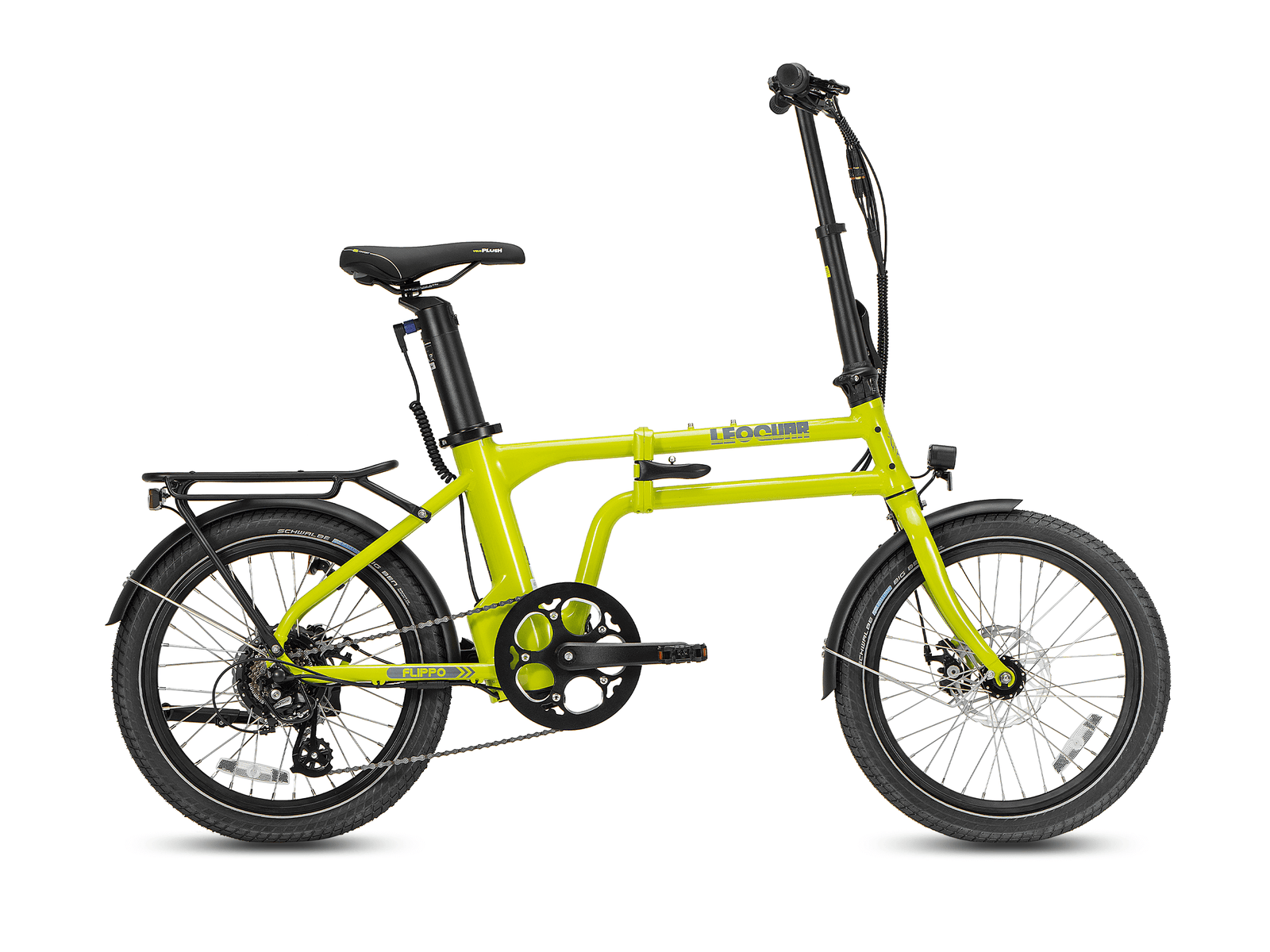








Leave a comment